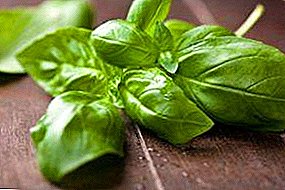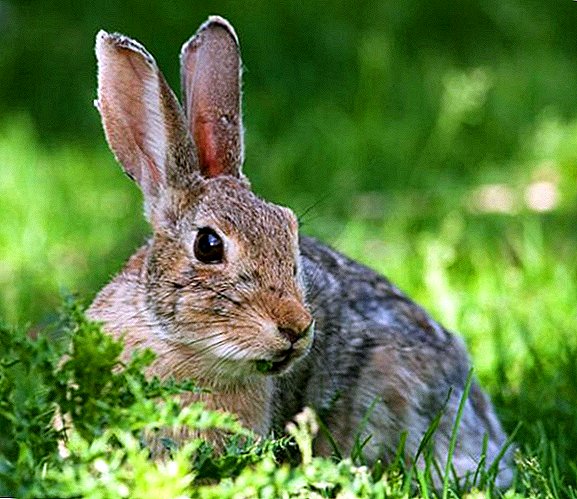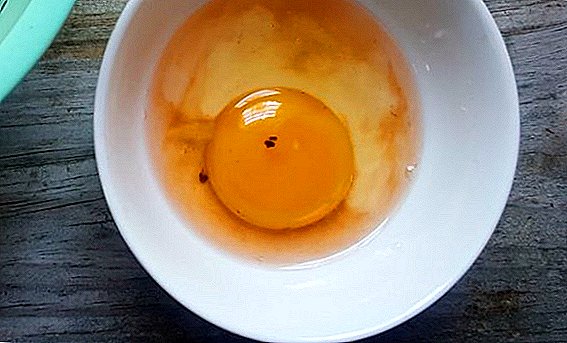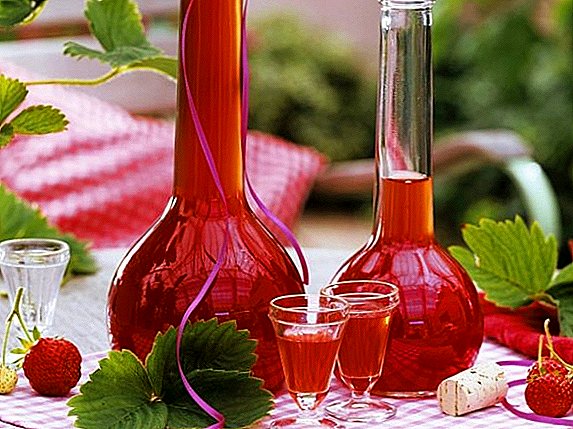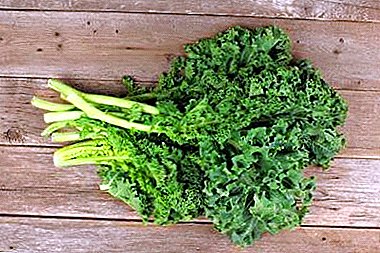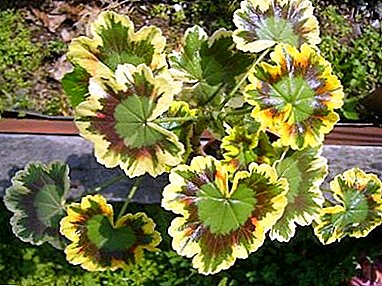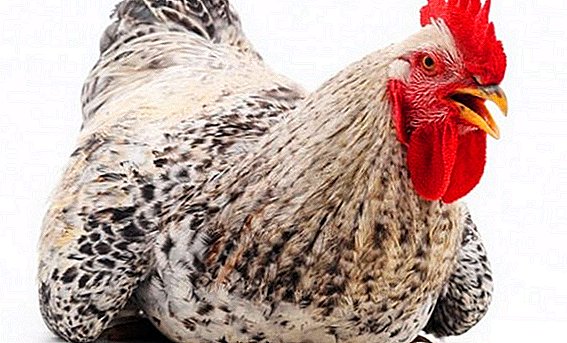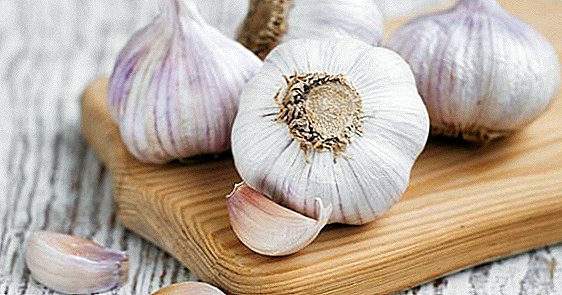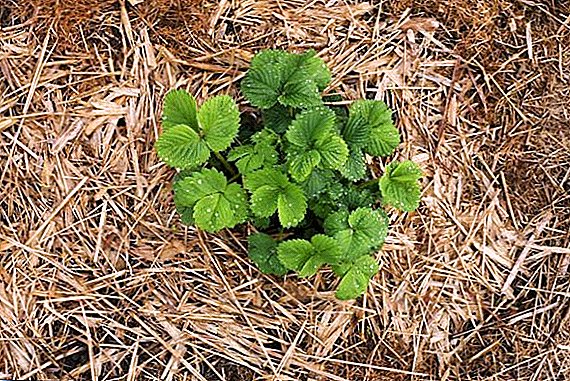 Every gardener wants to get tasty, large and juicy strawberries in season. And it's time to take care of the future harvest immediately after harvest.
Every gardener wants to get tasty, large and juicy strawberries in season. And it's time to take care of the future harvest immediately after harvest.
Caring for the fragrant berry is a long process, almost all-season, but having felt the care of the gardener, strawberries do not stint reward him with a generous harvest. Consider how to care for the soil after harvesting strawberries.
Pruning old strawberry leaves and whiskers
 The plant transferred its sap to the saping berries; now the gardener's task is to help the bushes recuperate, give the opportunity to form new leaves and prepare for a long wintering in order to be with a decent harvest next spring.
The plant transferred its sap to the saping berries; now the gardener's task is to help the bushes recuperate, give the opportunity to form new leaves and prepare for a long wintering in order to be with a decent harvest next spring.
Important! Five-year plantings of strawberries should be replaced by young plants.
Having collected the last berries in the beginning of summer, it is necessary to carry out weeding beds with strawberries, because the entire period of fruiting weeding is not carried out. Then clean the straw, sawdust, pine needles and other mulch and carefully loosen the soil under bushes and aisles.
In late July, it is recommended cut off old, drying strawberry leaves, shoots and shootswhile leaving the bottom of the bush with a height of 50 mm. Such an action is applicable to the bush of the second and third year of life.
Cut material must be removed from the beds. This seemingly cruel procedure will give the bush the opportunity to release new leaves and buds by the fall.
Finding a lot of shoots thrown away by the plant, a natural question arises: what to do with strawberry mustache. Nature stipulates that a strawberry mustache is needed only for reproduction.
Therefore, if it is necessary to propagate strawberries, the strongest antennae are left for rooting, and the resulting young seedlings are separated in the fall and transplanted to the beds.
 The remaining mustache must be removed, since they will pick up juices and strength from the mother bush, thereby making it weak and reducing the harvest of the next year. Thrown out by a plant not necessary to the gardener whiskers cut off as low as possible to the ground with a sharp pruner or knife.
The remaining mustache must be removed, since they will pick up juices and strength from the mother bush, thereby making it weak and reducing the harvest of the next year. Thrown out by a plant not necessary to the gardener whiskers cut off as low as possible to the ground with a sharp pruner or knife.
Breaking off the process is fraught with pulling out and the death of the whole plant. Since the strawberry throws out a mustache several times during the warm season, the trimming of the whiskers is carried out several times as they appear. This will protect the bush from unnecessary expenditure of effort.
How to feed strawberries after harvesting
The plant needs good nutrition to recover, therefore it is necessary strawberry fertilizer after harvest. You can carry it out with this mixture: Potassium sulfate, ammonium nitrate and superphosphate in a ratio of 1: 1: 3 dissolve in water and pour the bushes with this solution.
Strawberries will also be useful for sprinkling the base of the shrub with biohumus, rotted compost, or lining the plant with pieces of dried manure. You can feed the strawberry plantation, sprinkled with crushed wood ash - 2 kg per square meter.
Did you know? After two months of growth, strawberry leaves begin to age.
How to water strawberries after harvest
 Once harvested, strawberries do not require intensive watering of the soil. It is necessary to water bushes only during the dry period. The main thing is not to allow the land to dry out after fruiting.
Once harvested, strawberries do not require intensive watering of the soil. It is necessary to water bushes only during the dry period. The main thing is not to allow the land to dry out after fruiting.
At the site of growing strawberries are recommended soil mulching straw, peat or sawdust - this will retain moisture in the soil. After watering, let the soil around the strawberries dry out a little and carefully loosen the soil in the beds.
How to process strawberries to prevent diseases and pests
After completion of the fruiting plant should be inspected and produce treatment of diseases and pests.
Diseasesstriking strawberries:
- powdery mildew - It is manifested by a gray bloom on the foliage, which rots, twists and falls. For treatment, the beds are treated with a solution of colloidal sulfur - 50 grams per 5 liters of warm water.
- gray rot - it manifests itself as gray spots affecting berries, can be cured with copper chloroxide solution - 40 grams per 10 liters of water.
- black rot - analogue gray, only the spots on the berries are black, the treatment methods are the same.
- spotting - leaf lesions with brown-red spots, get rid of it with copper oxychloride solution - 50 grams per 10 liters of water.
Important! The foliage of a reddish hue is cut and burned in preparation for wintering - it will save plantings from pests
Plots for growing berries need a constant struggle and protection from strawberry pests.
Most frequent pests:

- strawberry weevil - an insect eating leaves and buds, get rid of it by spraying bushes with karbofos - 75 g per 10 liters of water.
- strawberry mite - small insect, the presence of which produces yellowed deformed foliage. Get rid of it the same way as weevil.
- spider mite - forms a web on the foliage, the fight against it consists in treating the plant with a phytoverm solution, as well as cutting and burning all the leaves after the completion of fruiting.
Did you know? A good fruiting strawberry lasts four years, after which it declines.
Having provided the beds with proper care after the harvest, you can count on a good harvest of berries next year. The main stages of strawberry care: removal of old leaves and processes, moderate watering, fertilizer, loosening, soil mulching, as well as timely control of pests and diseases of strawberries.


